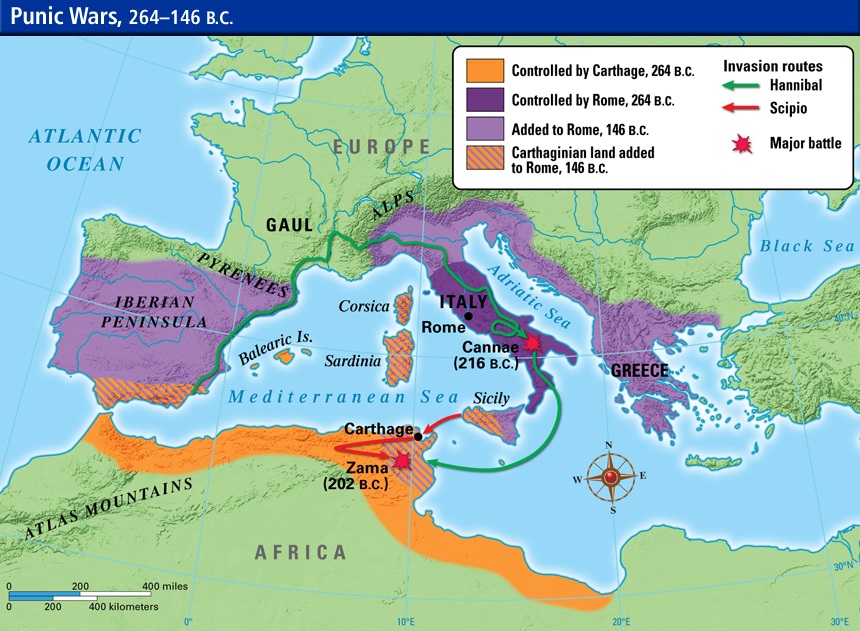The History of Ancient Rome
Welcome to a digital voyage through the annals of power, triumph, and innovation as we unravel the epic history of Ancient Rome. Our website stands as a gateway to the heart of an empire that shaped the course of Western civilization, where senators debated, legions marched, and architectural marvels adorned the eternal city.

Guided by historians, archaeologists, and researchers, our virtual exploration traverses the expansive landscapes of Rome—from the legendary founding on the banks of the Tiber to the zenith of imperial might. Immerse yourself in a curated collection of scholarly insights, historical analyses, and cultural narratives that unveil the grandeur, complexity, and lasting influence of Ancient Rome.
Discover groundbreaking research that delves into the rise of the Roman Republic, the military prowess of the legions, and the enduring impact of Roman law and governance. Whether you’re a history enthusiast, a student eager to delve into the past, or someone captivated by the legacy of ancient empires, our digital repository offers a comprehensive exploration of the unparalleled history of Ancient Rome.
Engage with the ongoing dialogue that deepens our understanding of this remarkable civilization, where each forum, triumphal arch, and aqueduct contributes to the epic narrative of a city that once stood at the center of the known world. Welcome to a space where the scholarship on the history of Ancient Rome thrives, inviting you to explore, learn, and be inspired by the enduring echoes of the eternal city.

It encompassed different periods of government: from the Roman Kingdom (753–509 BC), Roman Republic (509–27 BC) and Roman Empire (27 BC – 476 AD) until the fall of the Western Empire.
Rome began as an Italic settlement in the Italian Peninsula, traditionally dated to 753 BC, that grew into the city of Rome and which subsequently gave its name to the Empire over which it ruled and to the widespread civilisation the Empire developed. The Roman Empire expanded to become one of the largest empires in the Ancient World, still ruled from the city, with an estimated 50-90 million inhabitants, which was roughly 20% of the world’s population at the time, covering 5 million sq. km. at its height in 117 AD under the Emperor Trajan.
In its many centuries of existence, the Roman state evolved from a monarchy to a democratic republic and then to an increasingly autocratic military dictatorship during the Empire. At its height it controlled the entire Mediterranean basin from North Africa to Britain and from Syria to Spain.

Ancient Roman civilisation has contributed to modern language, religion, society, technology, law, politics, government, warfare, art, literature, architecture and engineering. Rome professionalised and expanded its military and created a system of government called res publica, the inspiration for modern republics such as the United States and France. It achieved impressive technological and architectural feats, such as the construction of an extensive system of aqueducts and roads, as well as the construction of large monuments, palaces, and public facilities.
The Punic Wars with Carthage were decisive in establishing Rome as a world power. In this series of wars, Rome gained control of the strategic islands of Corsica, Sardinia, and Sicily; took Hispania; and destroyed the city of Carthage in 146 BC, along with Corinth, giving Rome supremacy in the Mediterranean. By the end of the Republic (27 BC), Rome had conquered the lands around the Mediterranean and beyond: its domain extended from the Atlantic to Arabia and from the mouth of the Rhine to North Africa. The Roman Empire emerged with the end of the Republic and the Principate of Augustus.

Under Trajan, the Empire reached its largest size. Republican mores and traditions started to decline during the imperial period, with civil wars becoming a prelude common to the rise of a new Emperor. Splinter states, such as the Gallic and Palmyrene Empires, would temporarily divide the Empire during the crisis of the 3rd Century before some stability was restored during the Tetrarchy under Diocletian.
Plagued by internal instability and attacked by various migrating peoples, the western part of the empire broke up into independent “barbarian” kingdoms during the 5th c. AD. The eastern part of the empire became the Byzantine Empire until its fall in 1453 AD.





